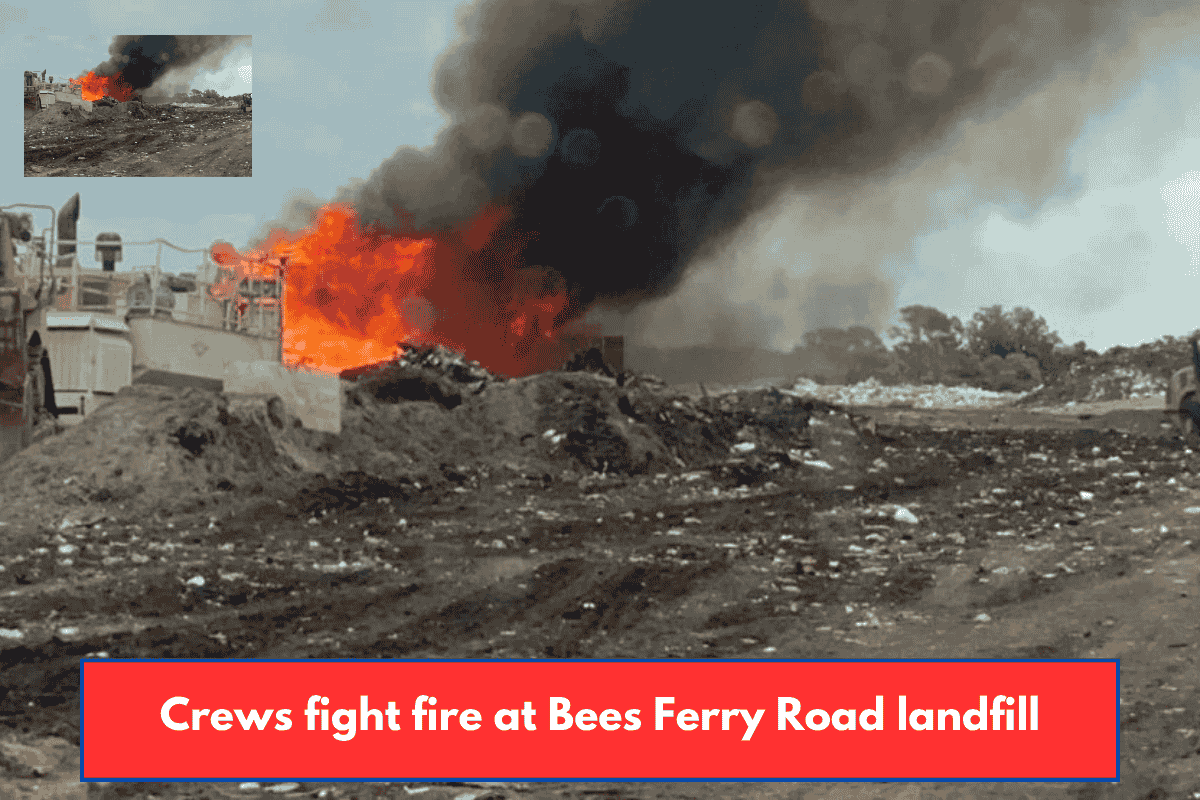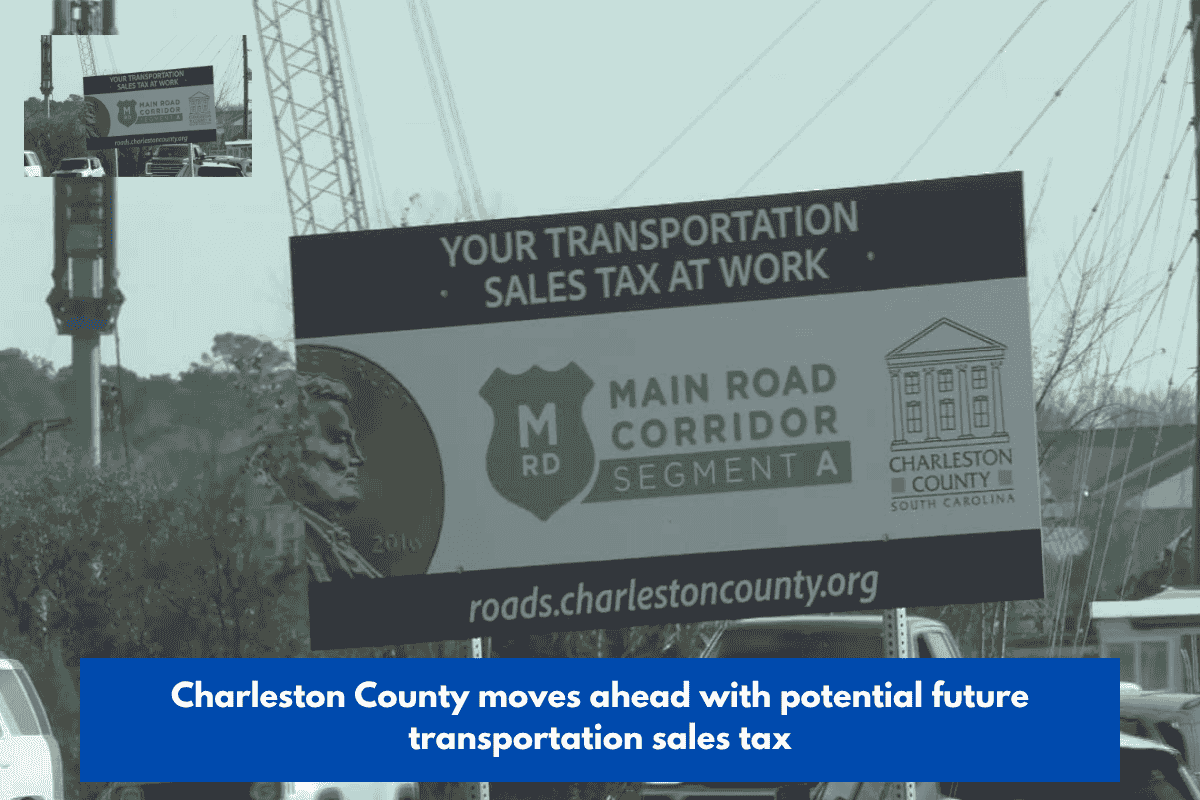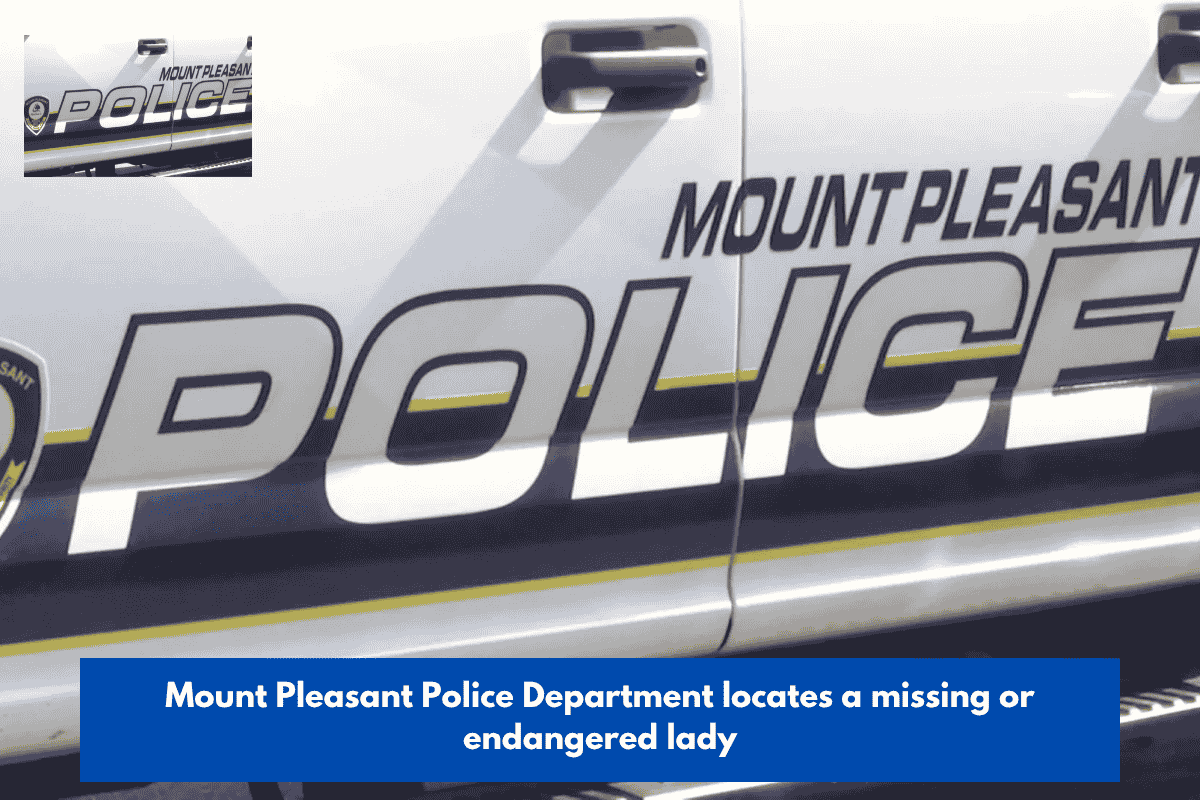CHARLESTON, S.C. — As hurricane season continues, flooding remains a significant concern for Charleston residents due to the city’s low-lying coastal location. To address this ongoing issue, the Charleston Basin Flood Action Committee (BFAP) held its third meeting today, discussing critical safety measures to keep the community safe during severe weather.
Addressing Charleston’s Flooding Challenges
Charleston’s geographical positioning makes it particularly vulnerable to flooding, with neighborhoods frequently affected during heavy rainfall and storm surges. The Charleston Basin Flood Action Committee, established in October 2024, includes representatives from various areas of the city, such as James Island, West Ashley, Johns Island, Daniel Island, and the Peninsula. The committee’s goal is to improve flood prevention and resilience throughout the region.
During today’s meeting, city leaders discussed current measures being implemented to protect residents. Kaylan Koszela, Director of Resilience for the City of Charleston, emphasized the importance of the committee as a communication channel between experts and residents. “This committee is a two-way street for communication,” Koszela said. She highlighted how the data collected from various parts of the city helps drive decisions on resource allocation, infrastructure projects, and maintenance efforts.
A Neighborhood-by-Neighborhood Approach
The Charleston Basin Flood Action Committee includes experts from areas like water management, construction, and conservation to tackle flooding on a neighborhood-by-neighborhood basis. These experts collect valuable data to identify flood-prone areas and track where roads typically close during heavy rainfall, allowing them to prioritize resources and develop actionable plans to address flooding.
Real-Life Impact on Residents
Residents have shared their personal experiences with the flooding challenges that affect daily life, especially in downtown Charleston. Jordan Gertz, a Charleston resident and MUSC employee, explained the regular flooding struggles she faces. “Anytime it rains, it floods, especially in downtown, and it’s a hassle to get to work,” Gertz said. “Sometimes flooding can be up to mid-shin level, and sometimes we have to get on top of caravan cars,” she added, describing how severe the flooding can be during storms.
Focus on Education and Immediate Action
The BFAP not only focuses on immediate responses to flooding but also emphasizes educating residents about flood risks and available mitigation efforts. Koszela stressed the importance of resident feedback in helping the city respond to flooding more effectively. “When we get intake from folks that send us pictures of flooding in their street or road closures, we can send out our emergency responders to activate barricades and take other necessary actions,” Koszela explained.
Community Involvement and Resources
The Charleston Basin Flood Action Committee continues to encourage residents to submit feedback via the City of Charleston’s landing page, helping to track and address flooding issues across the city. For more information about flood risks and mitigation projects, residents can visit the City of Charleston’s official website at Charleston Floodplain Development.
As hurricane season progresses, the Charleston Basin Flood Action Committee remains focused on ensuring the safety and well-being of Charleston residents. By collecting valuable data, addressing flooding issues on a local level, and fostering open communication, the committee aims to enhance flood resilience across the city. Resident involvement remains crucial in tackling this ongoing challenge.














